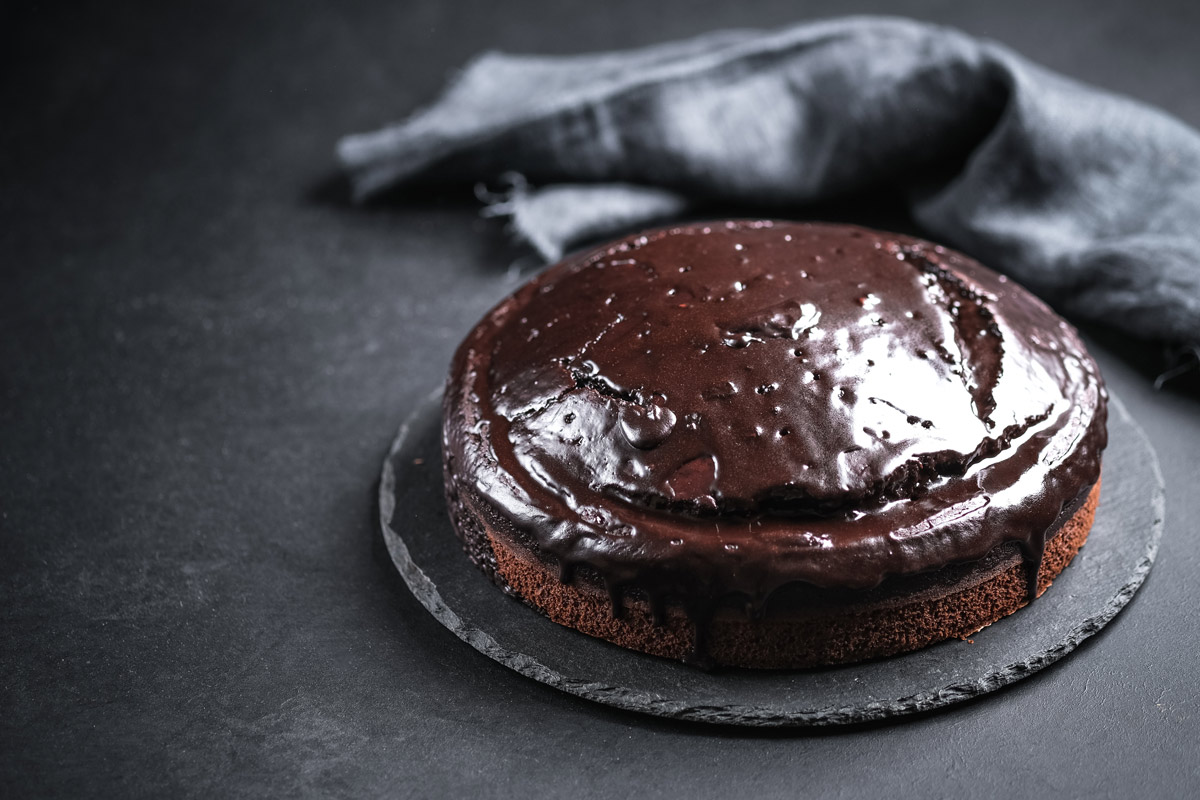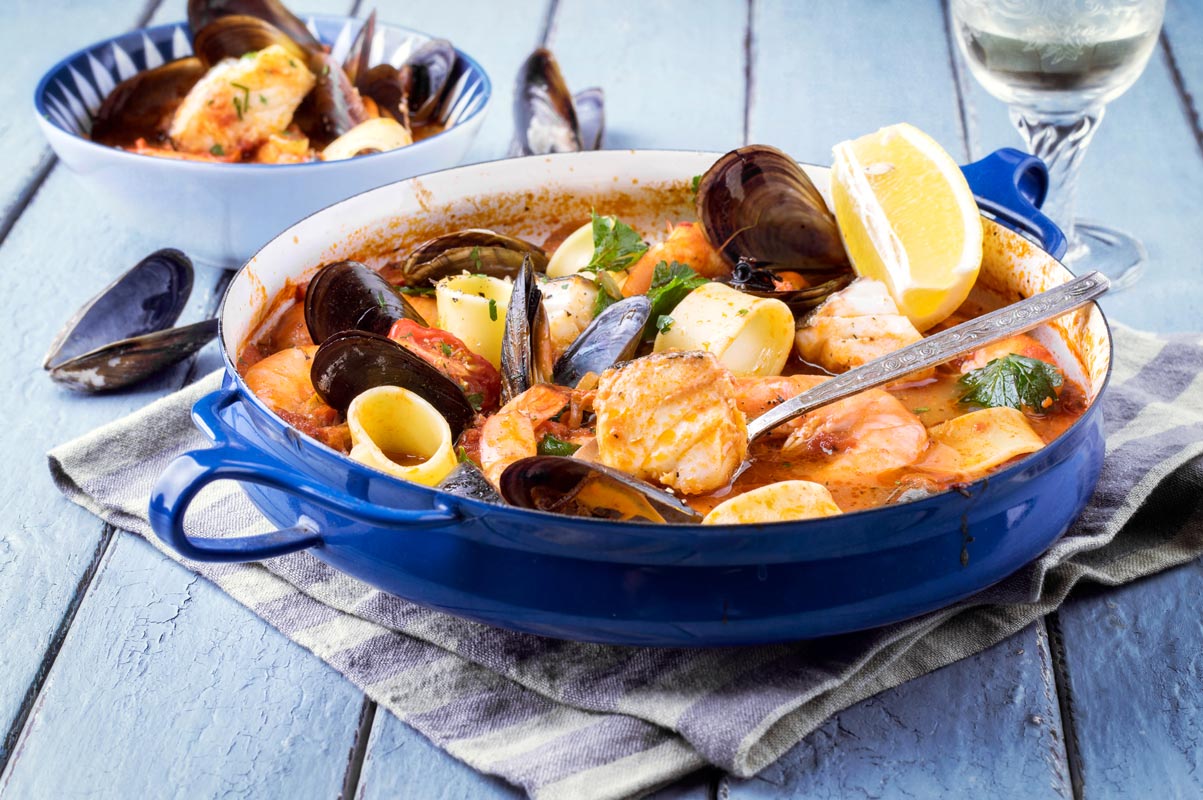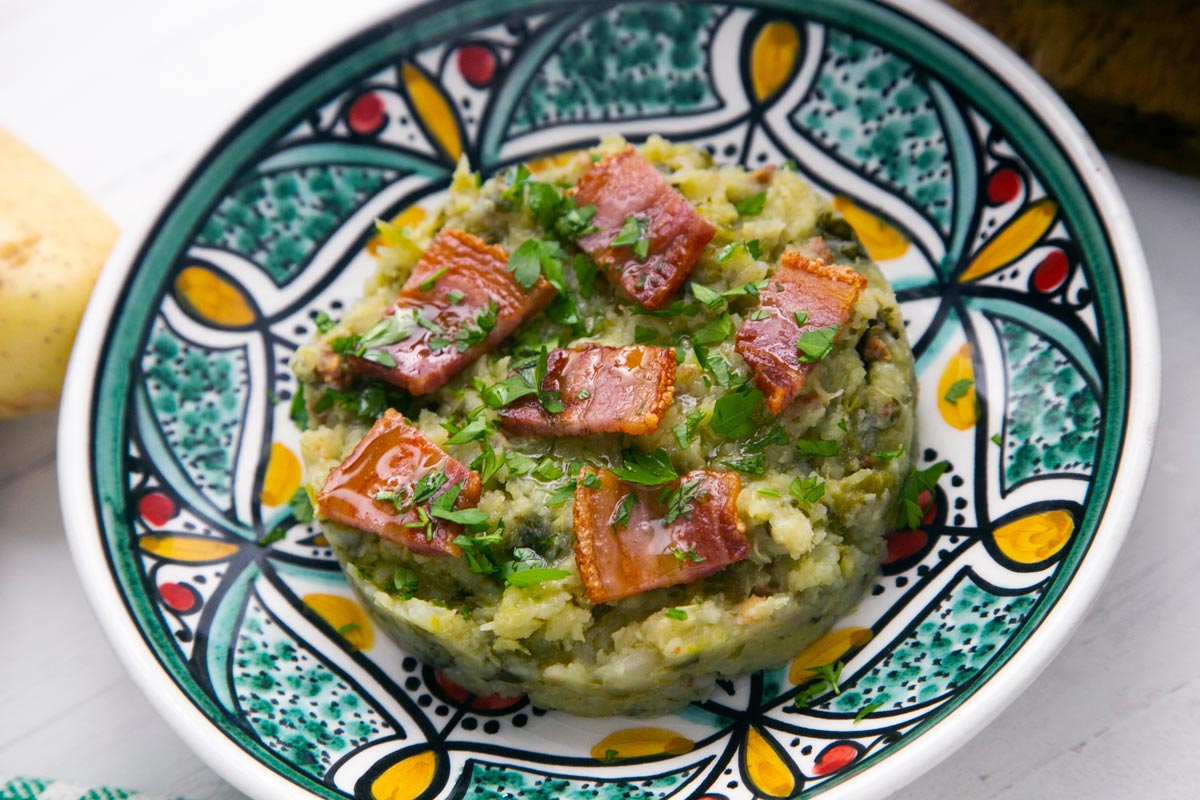You don’t have to forgo dessert when you want to cut out flour. Ground nuts make a delicious and healthy alternative. I’ve included a luscious chocolate glaze, but this cake is delicious on its own or topped with a dollop of whipped cream.
Ingredients
For the cake:
- 2 tablespoons extra virgin olive oil, plus more for the pan
- 3 tablespoons unsweetened dark cocoa, divided use
- 8 ounces shelled walnuts
- 6 large eggs, separated
- 1 cup sugar
- 1 teaspoon vanilla extract
- Pinch fine sea salt
For the glaze:
- 8 ounces dark chocolate
- ½ cup half-and-half
- 1 tablespoon extra virgin olive oil
Directions
Step 1
Preheat your oven to 350°F with a rack in the center position. Lightly brush the bottom and sides of a 9-inch cake pan with olive oil and then place a circle of parchment paper in the bottom of the pan, brush it with oil, and sprinkle it with 1 tablespoon cocoa; rotate the pan to distribute the cocoa on the bottom and sides. Shake out any excess.
Step 2
In a nut grinder or food processor, grind the walnuts until medium-fine (you may need to do this in batches). Transfer to a bowl and whisk in the remaining 2 tablespoons of cocoa and set aside.
Step 3
In a stand mixer fitted with a balloon whisk or in a large bowl with an electric mixer, whip the egg yolks until pale yellow and thickened, about 5 minutes. Gradually beat in the sugar, then the vanilla and the remaining olive oil, and continue beating until very thick, about 3 more minutes. Use a spatula to fold in the walnut-cocoa mixture.
Step 4
In a clean bowl, beat the egg whites on low speed until foamy. Add the salt and gradually increase the speed to high; beat until glossy and stiff. Working in two or three batches, gently fold the whites into the yolk mixture. Transfer to the cake pan and bake for 40-45 minutes until the cake starts to come away from the sides of the pan; the tip of a sharp knife inserted in the center should come out clean except for a few crumbs.
Step 5
Let the cake cool on a wire rack for 10 minutes (it will sink a bit), then invert onto another rack. If the cake doesn’t turn out easily, run a spatula around the inner rim to release it from the sides of the pan. Peel off the parchment and invert it again onto a cake plate. Let it finish cooling.
Step 6
For the glaze, place 7 ounces of the chocolate in a small, microwave-safe glass bowl along with the half-and-half and melt at 50% power for 3 minutes, until the chocolate is almost fully melted (if needed, microwave in additional 1-minute increments). Add the last ounce of chocolate and let sit on the counter for 2 minutes to cool down, then stir until smooth. Whisk in the olive oil until smooth. Wait until the glaze cools to room temperature, then pour over the top of the cake and use a long offset metal spatula to spread it in an even layer. Let it set for about an hour before serving.
Yields 8 servings




